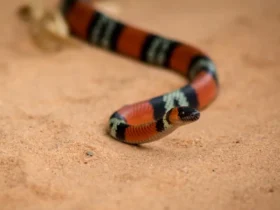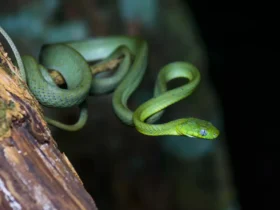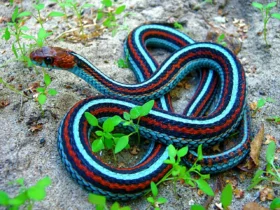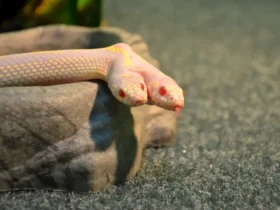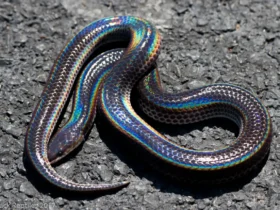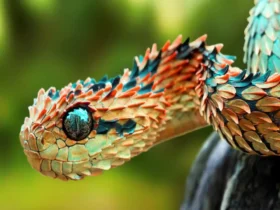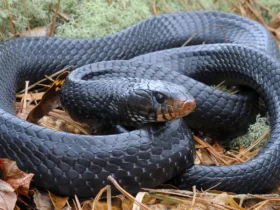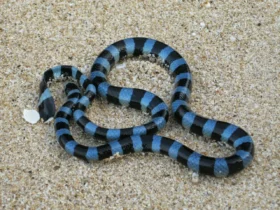The desert is a challenging environment, characterized by scorching temperatures and scarce resources. Within this unforgiving landscape, the Desert Horned Viper (Cerastes cerastes) thrives. This remarkable reptile has evolved an array of adaptations that allow it to survive and flourish in the harsh desert conditions. From its unique appearance to its hunting strategies, the Desert Horned Viper is truly a master of adaptation.
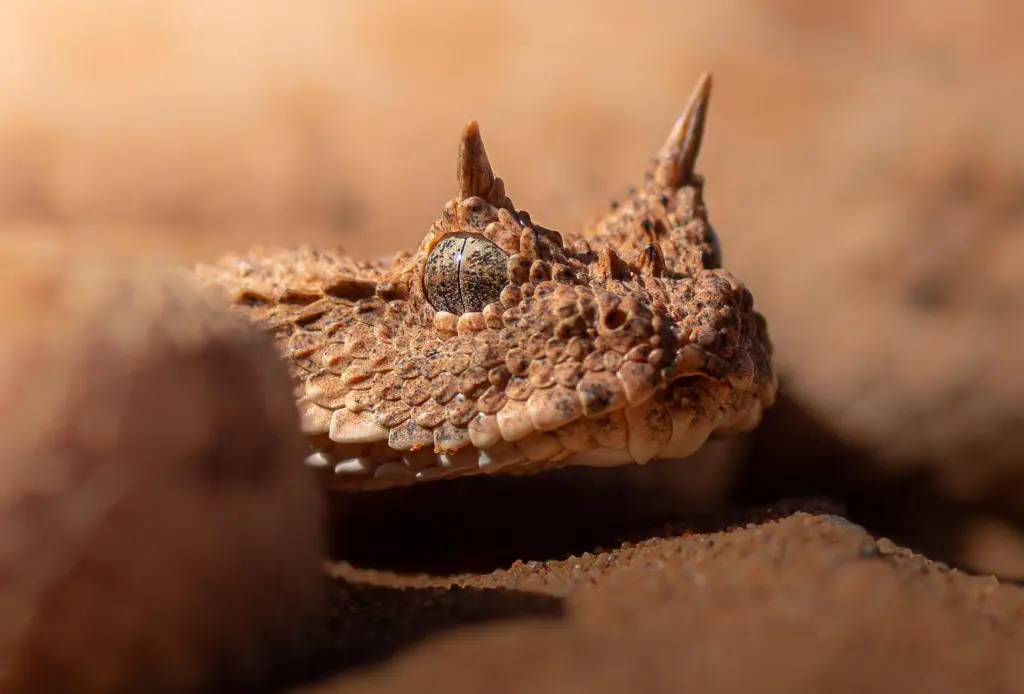
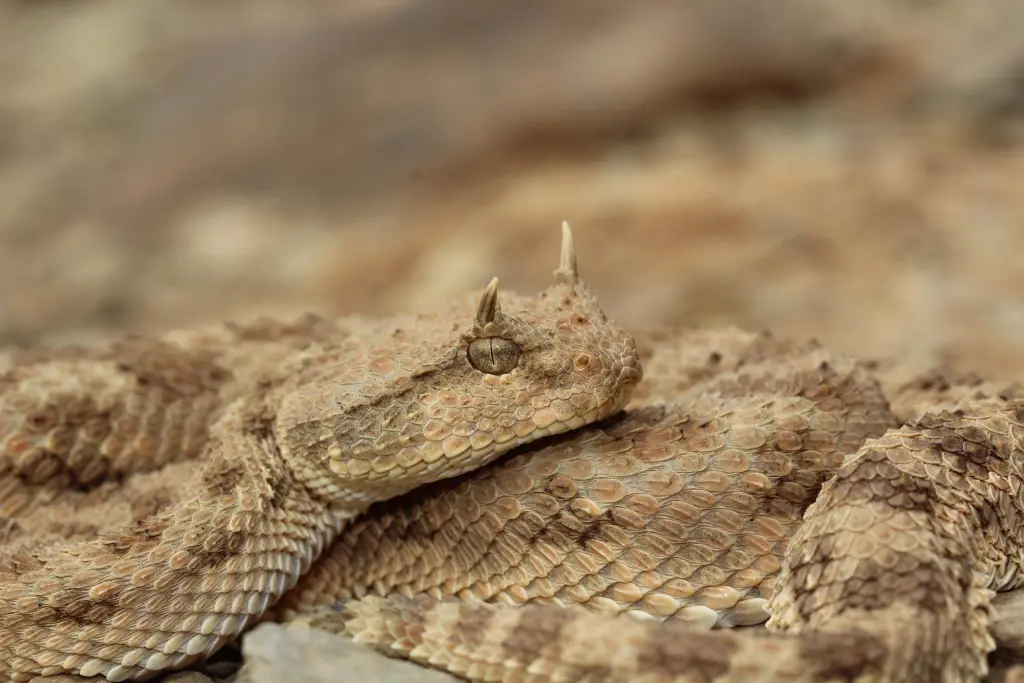
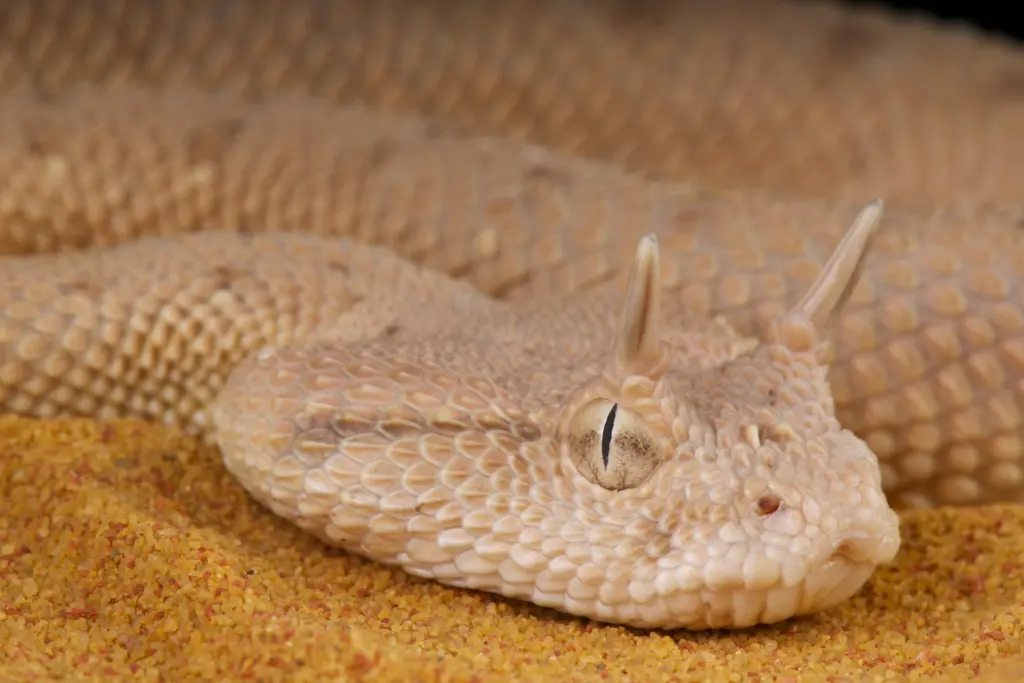
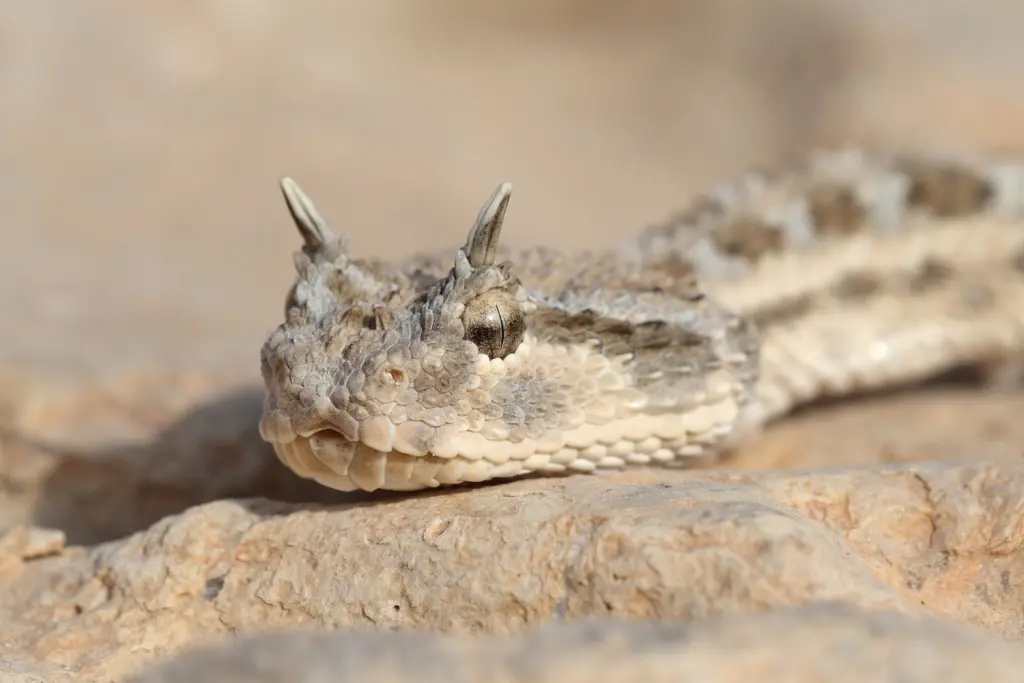
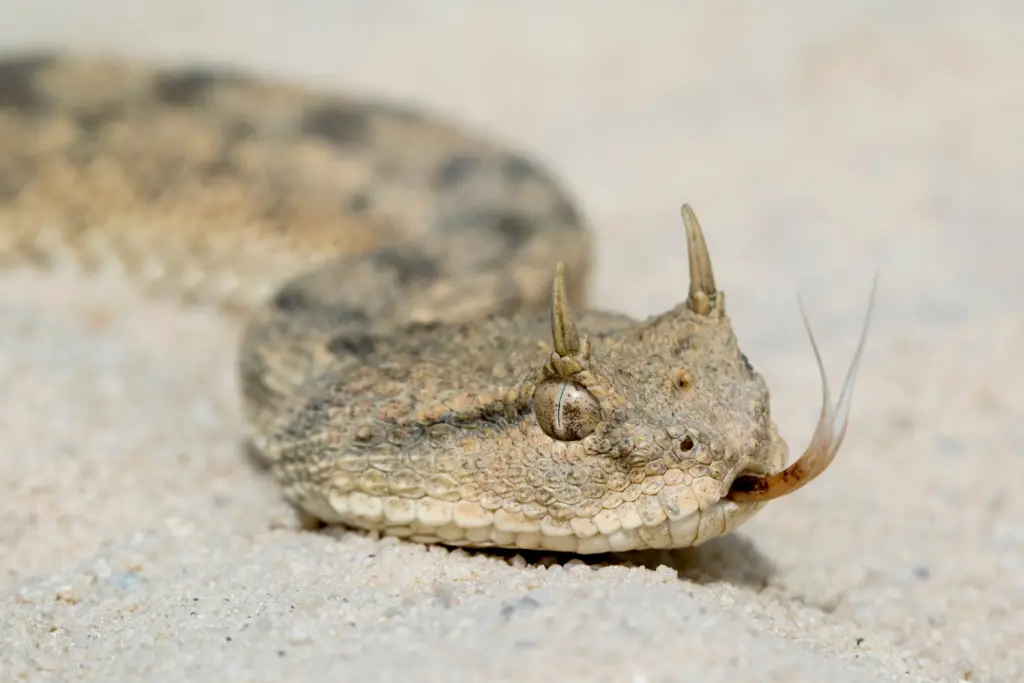
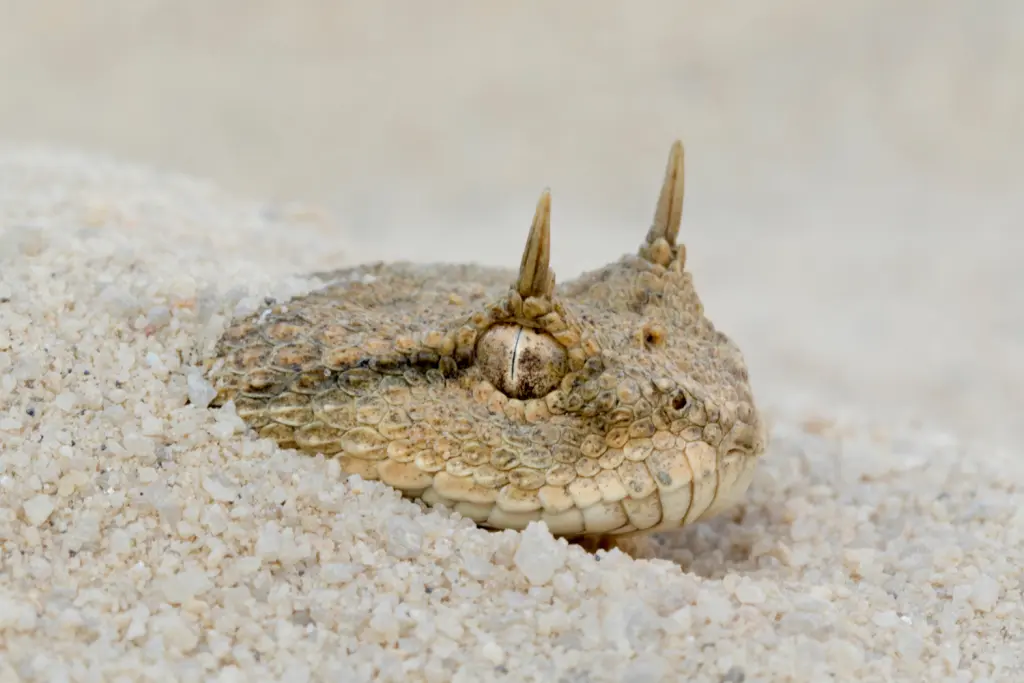
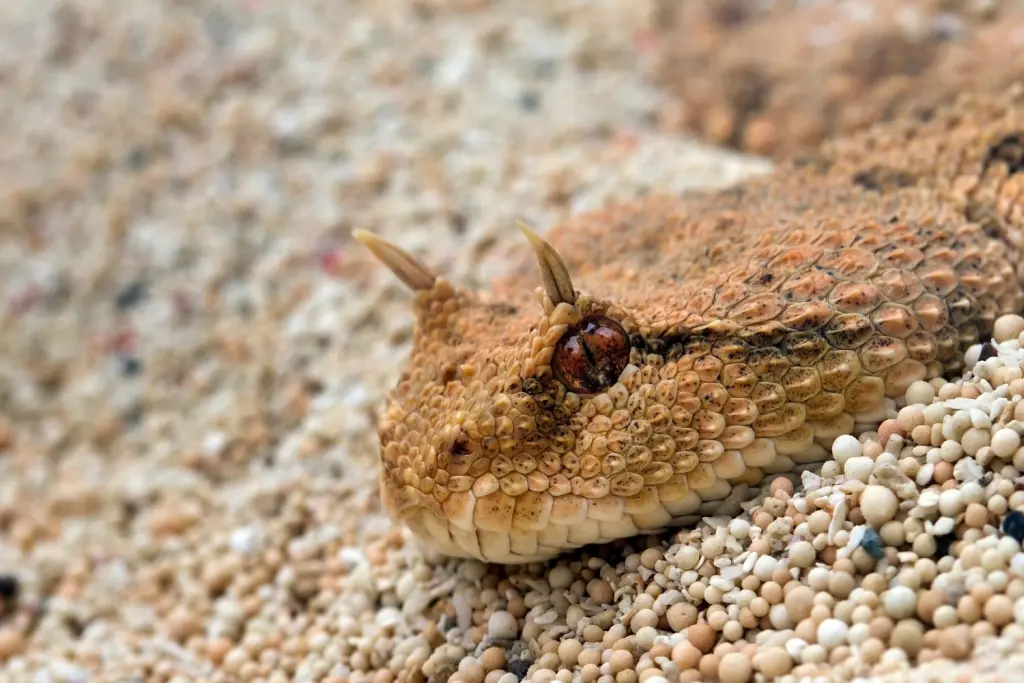
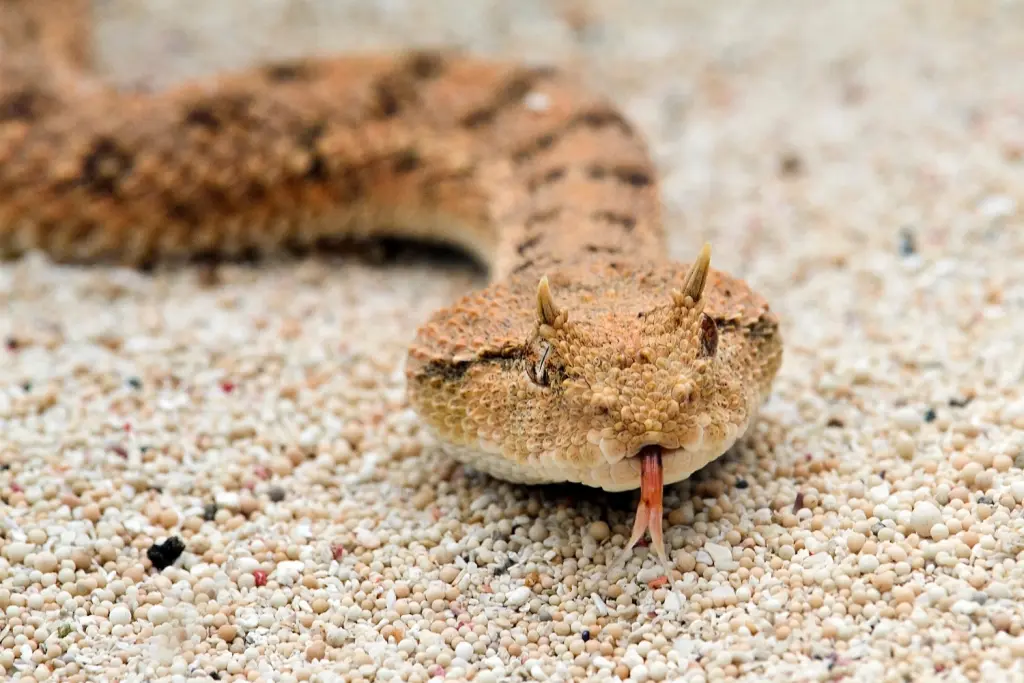

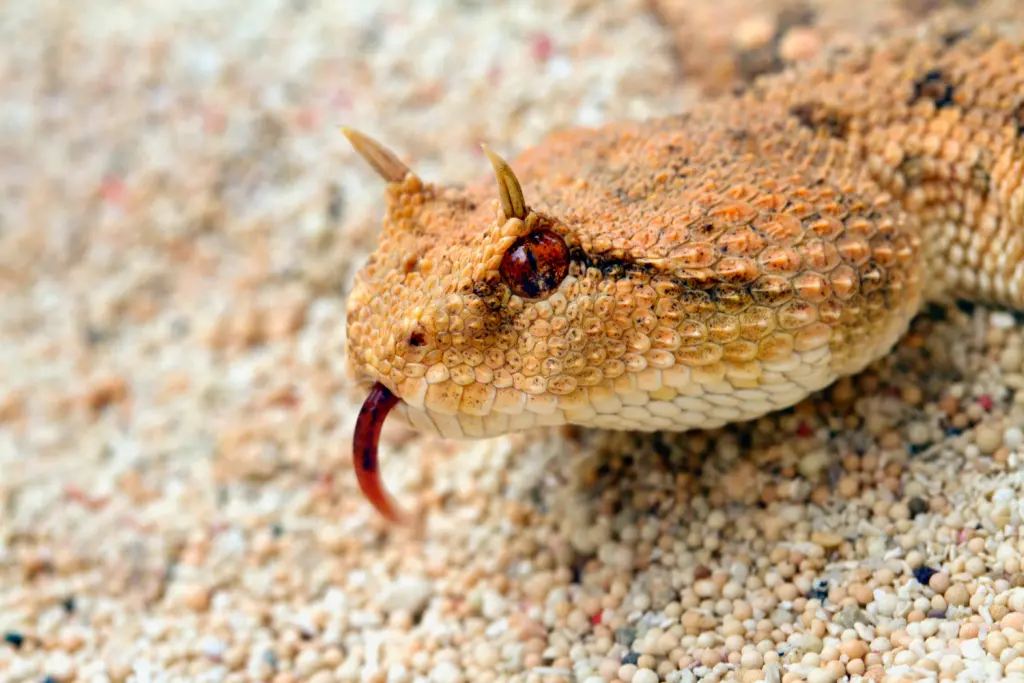
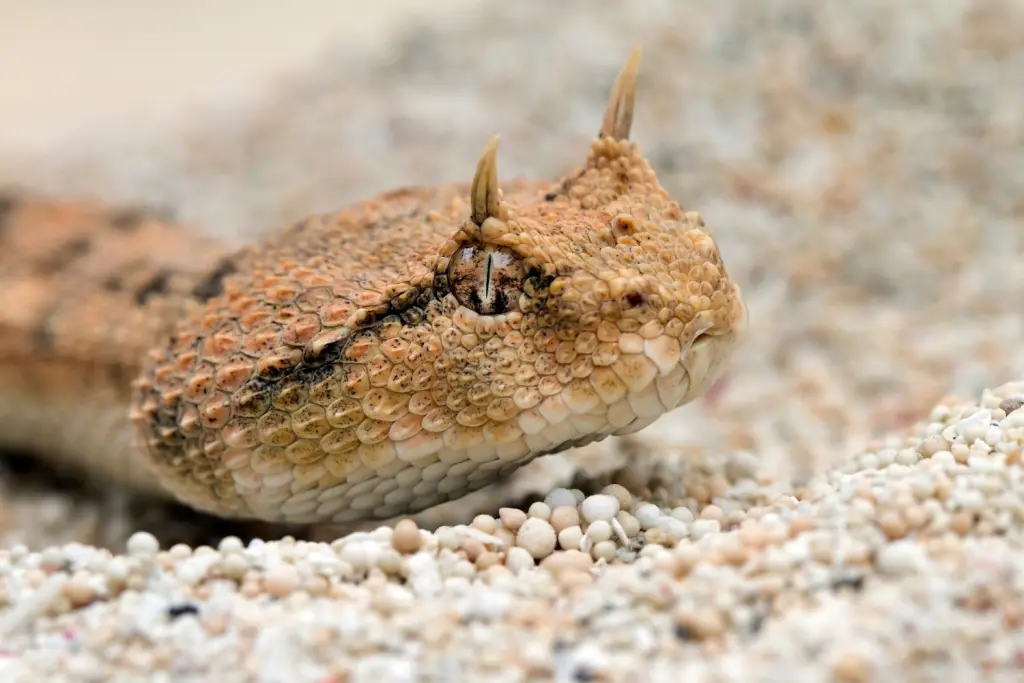
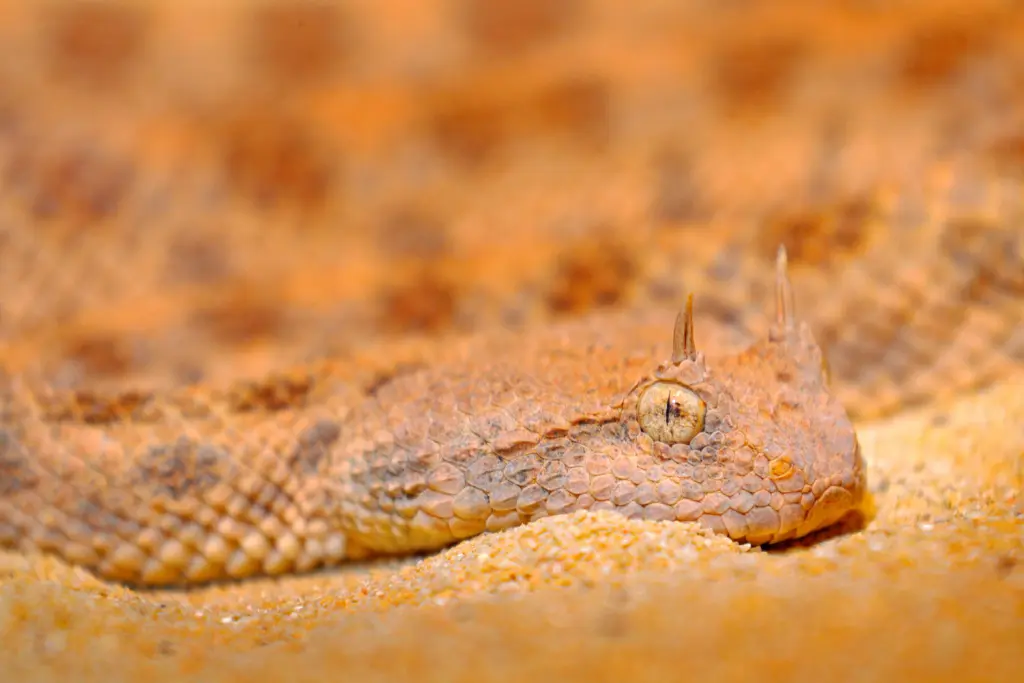
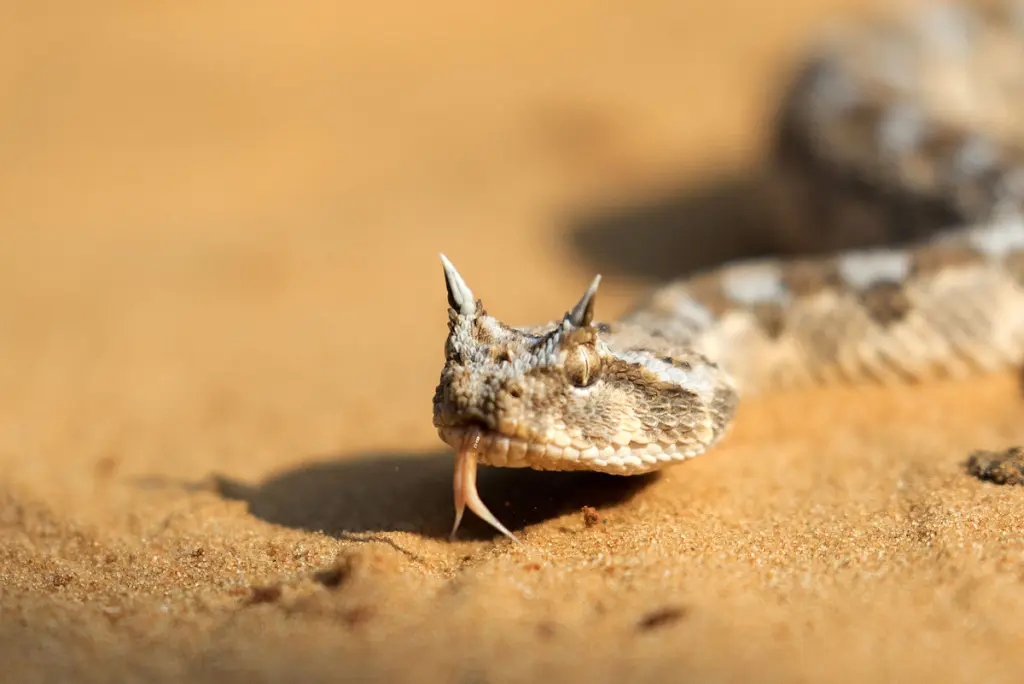
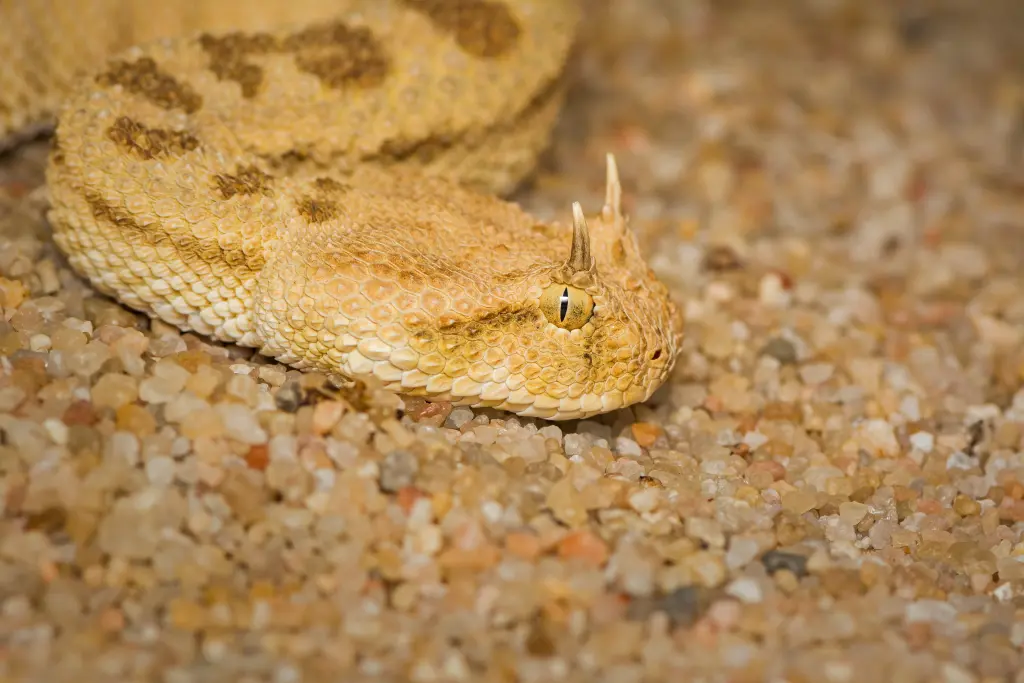
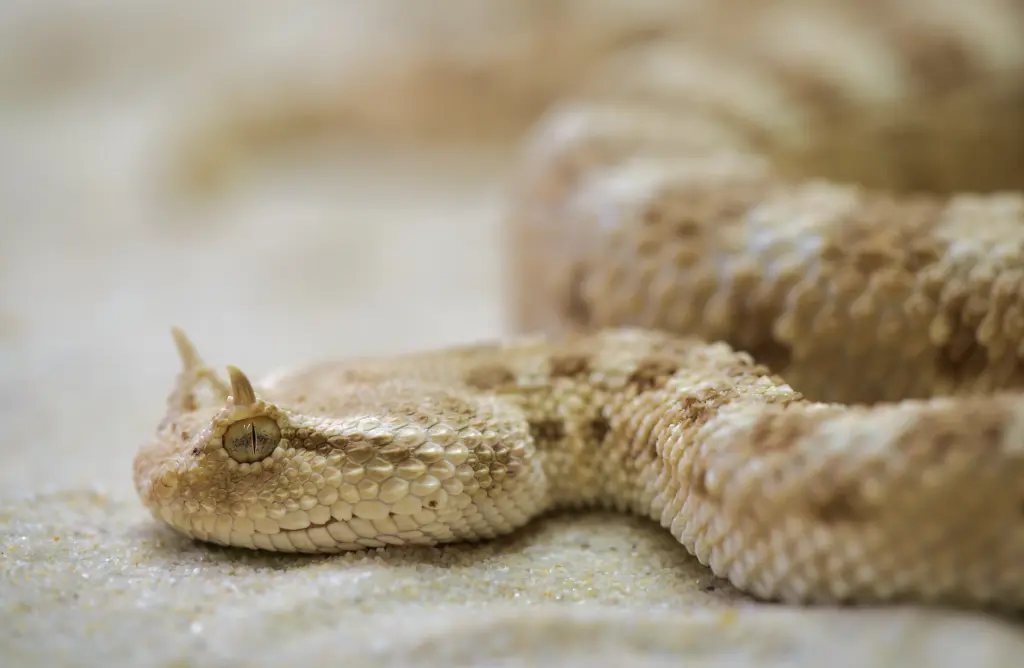
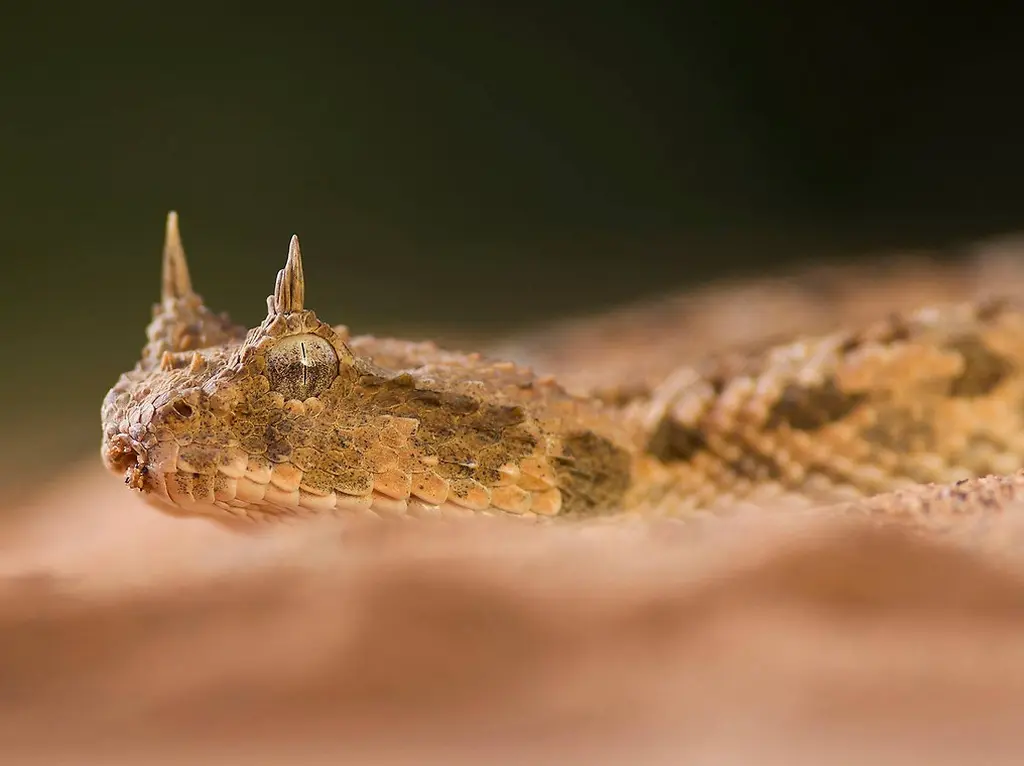
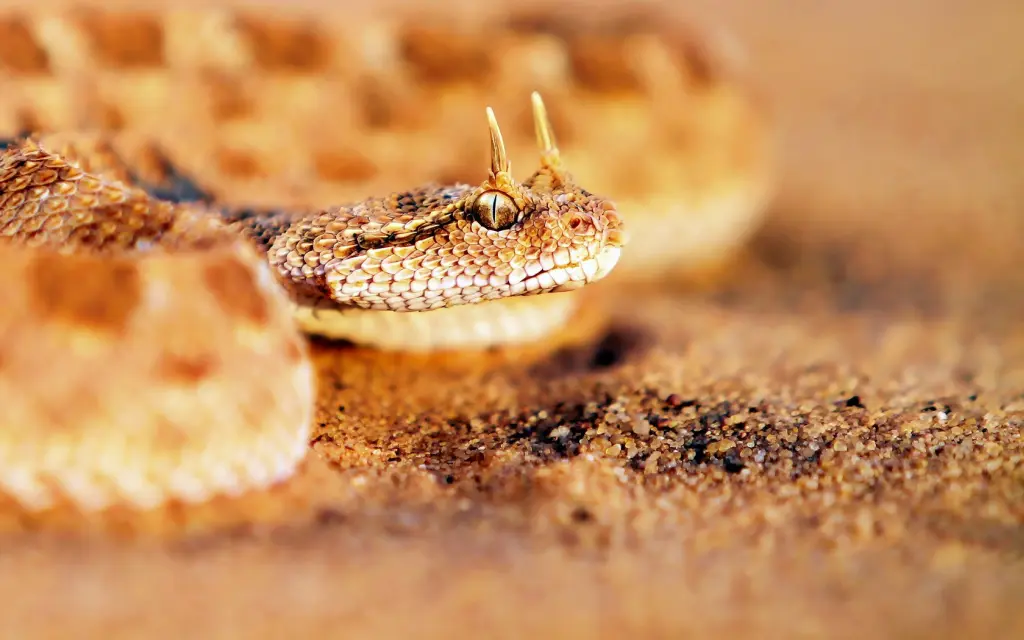
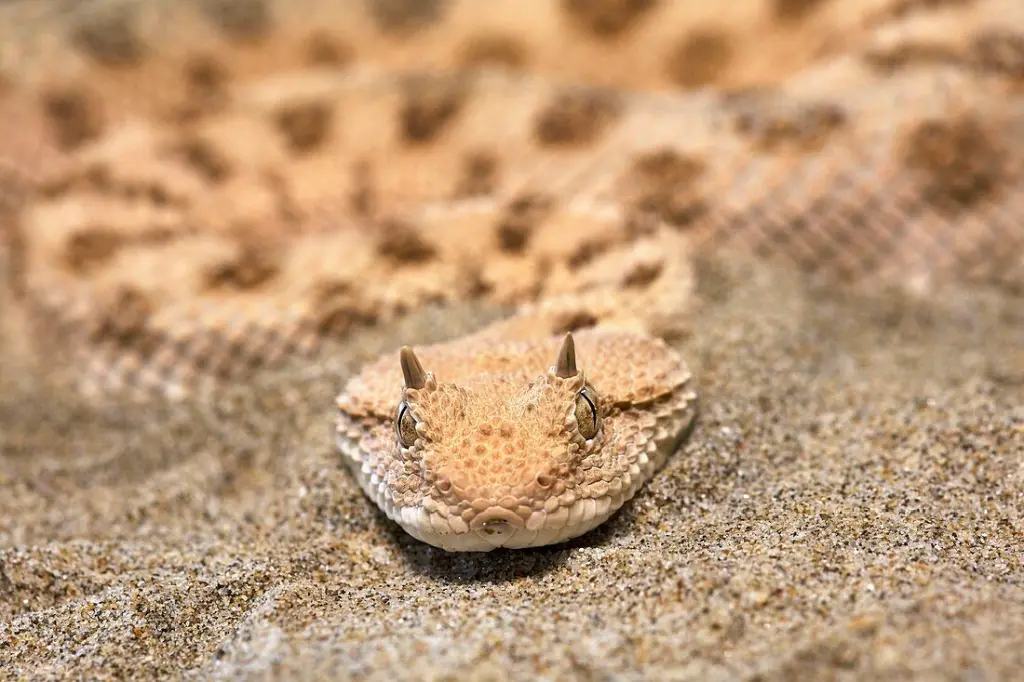
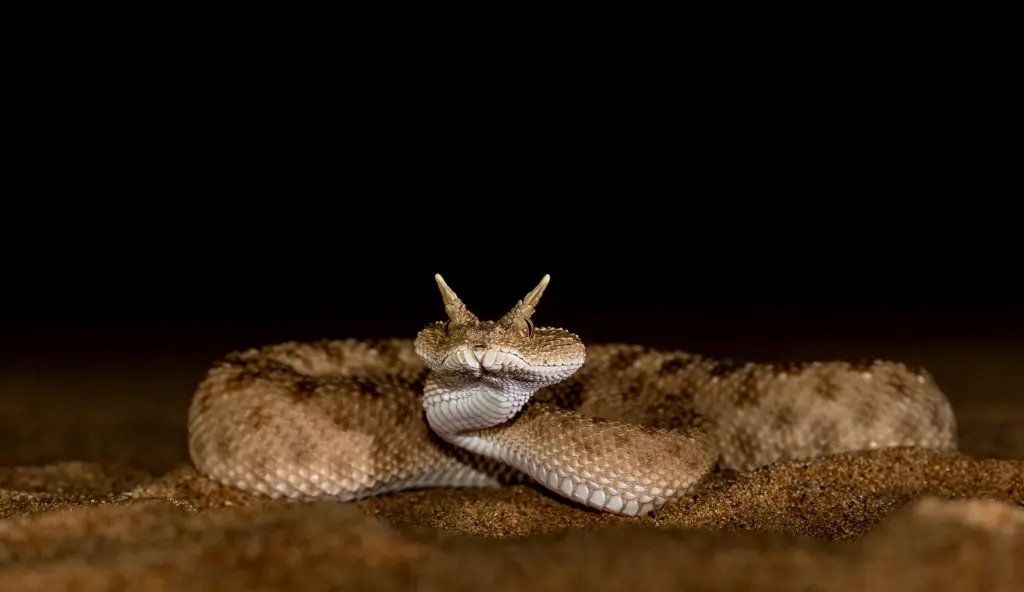
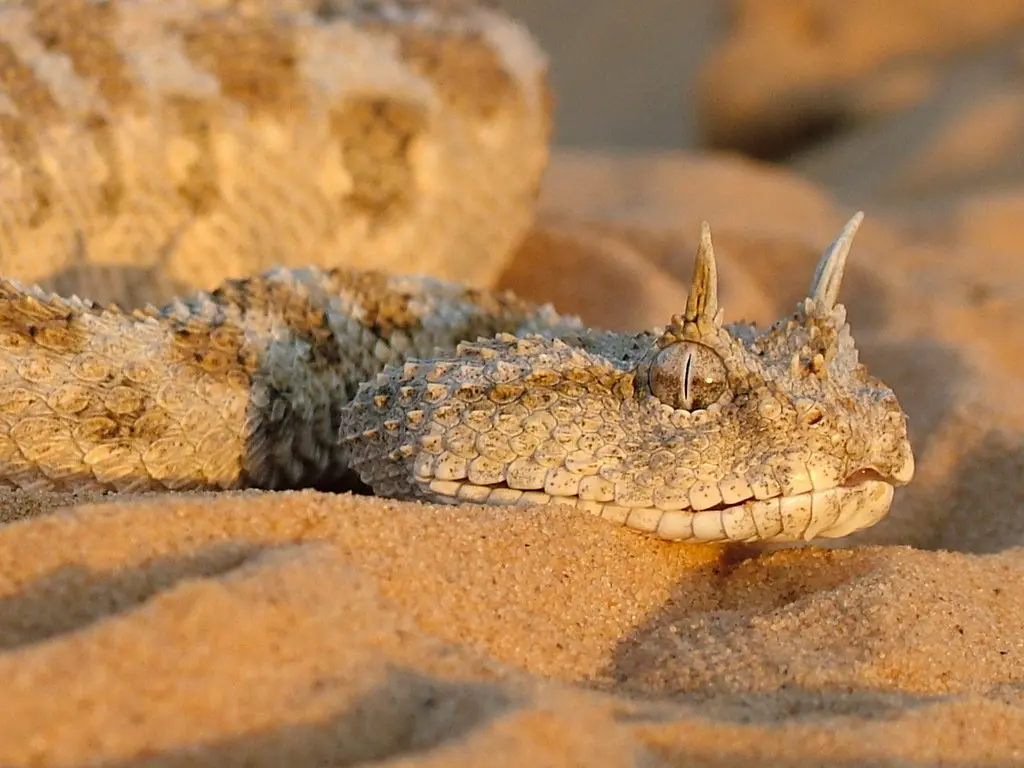
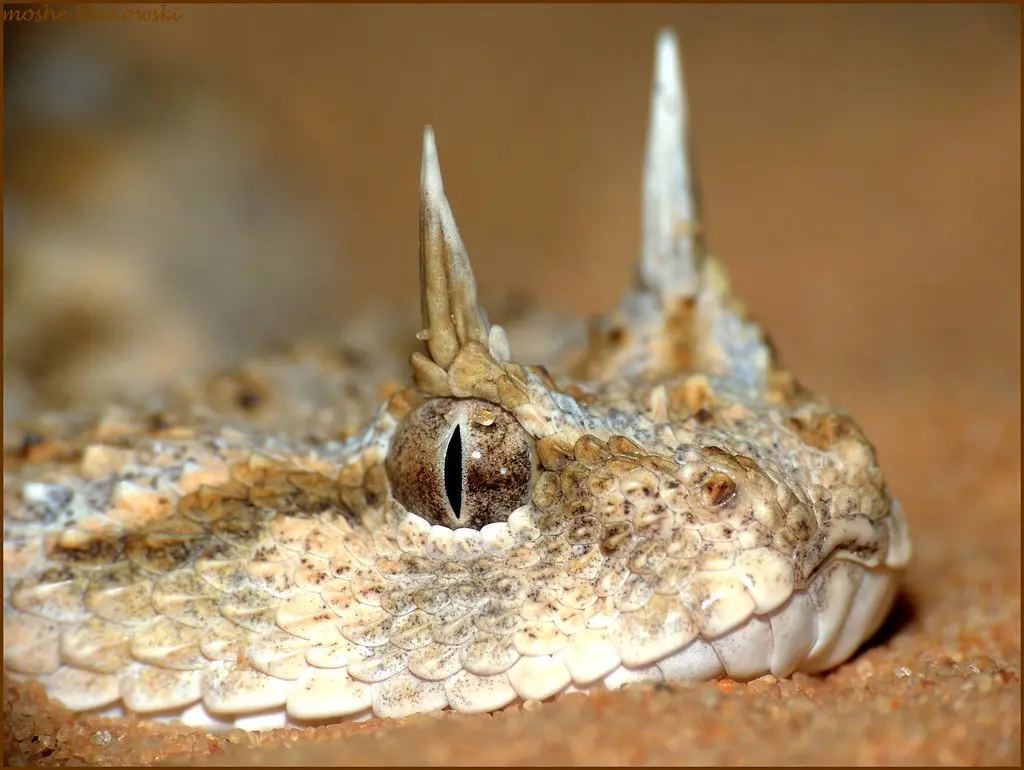
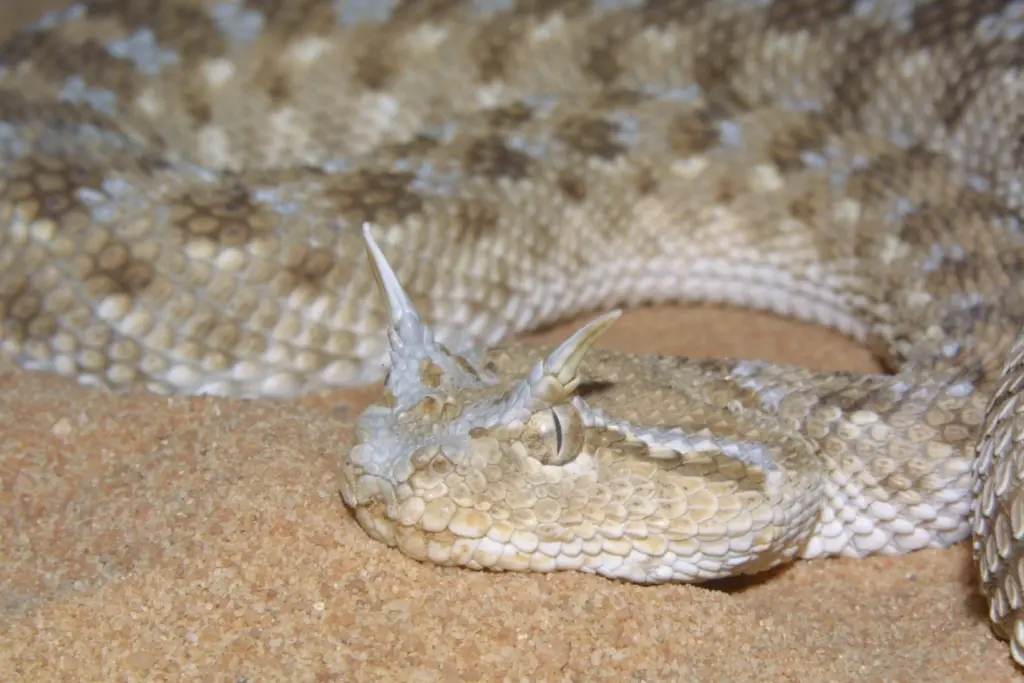
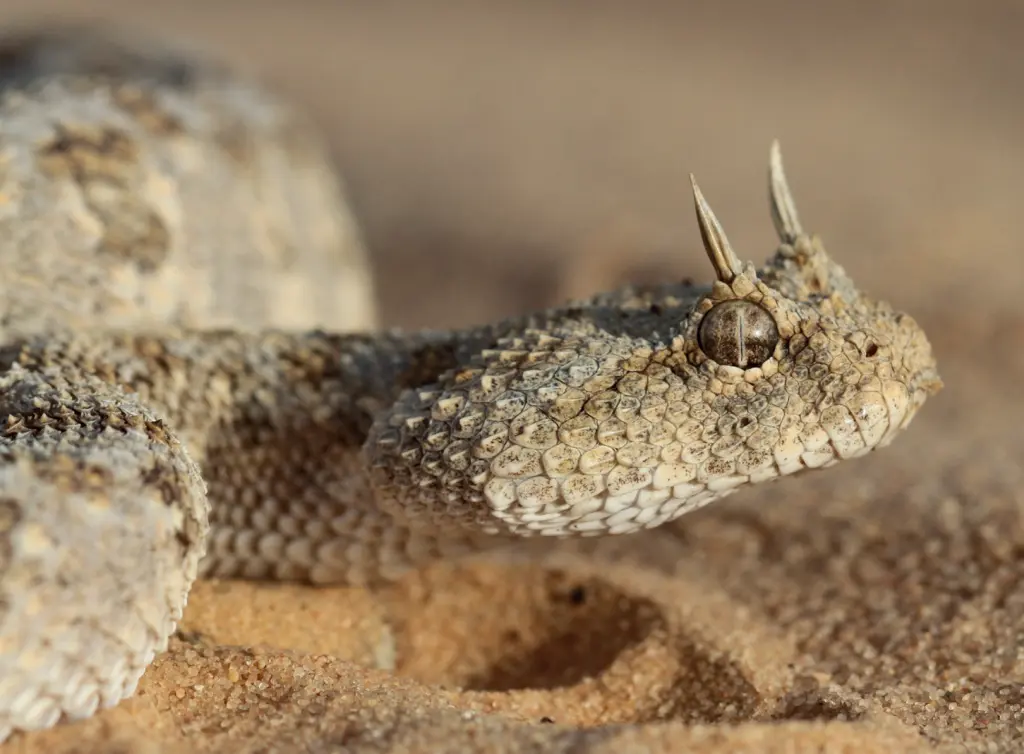
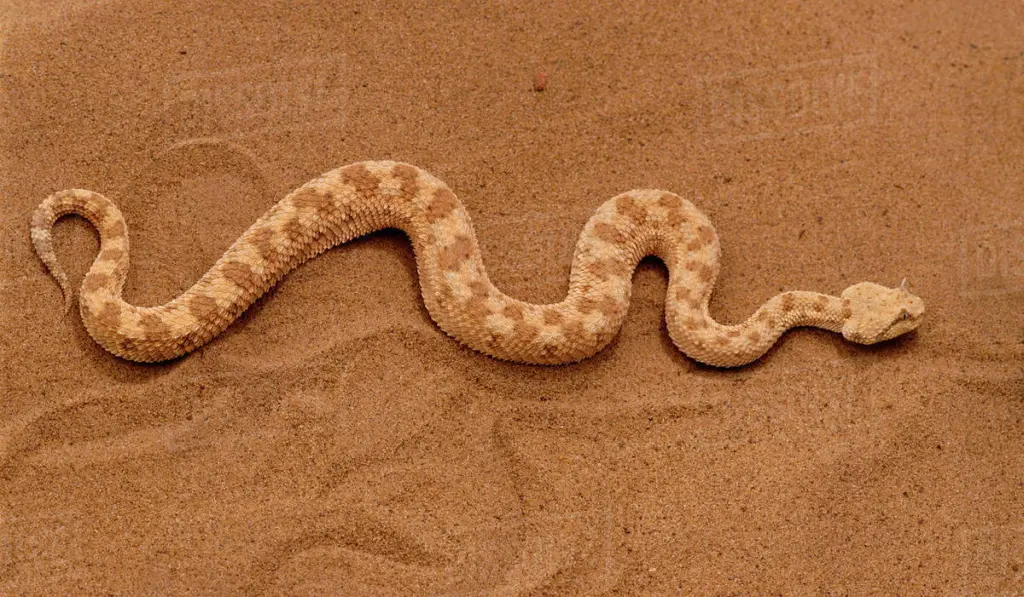
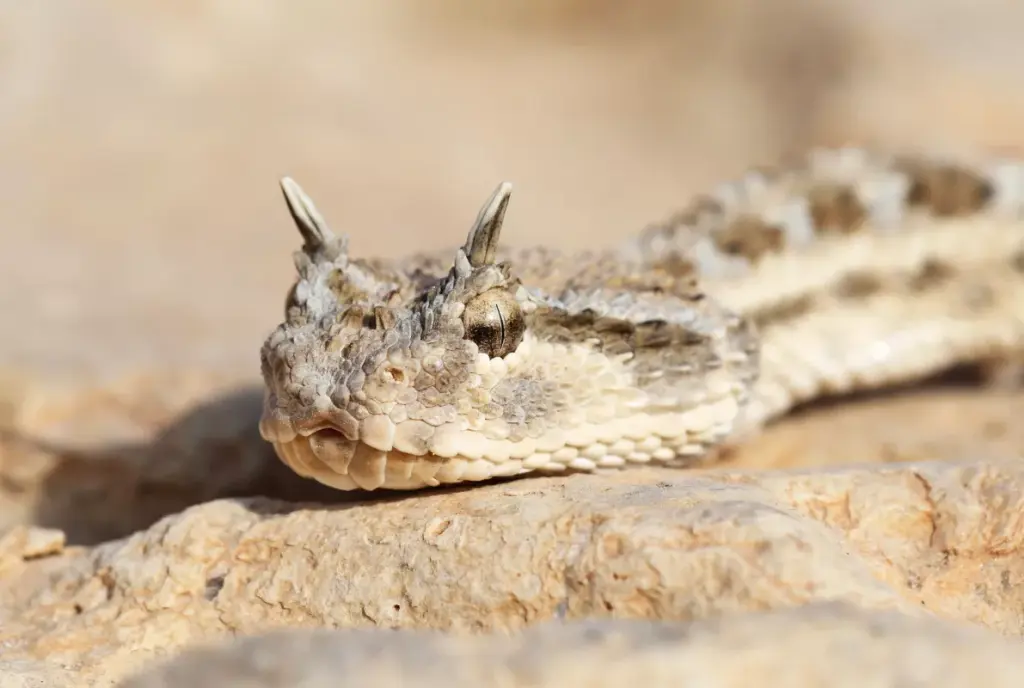
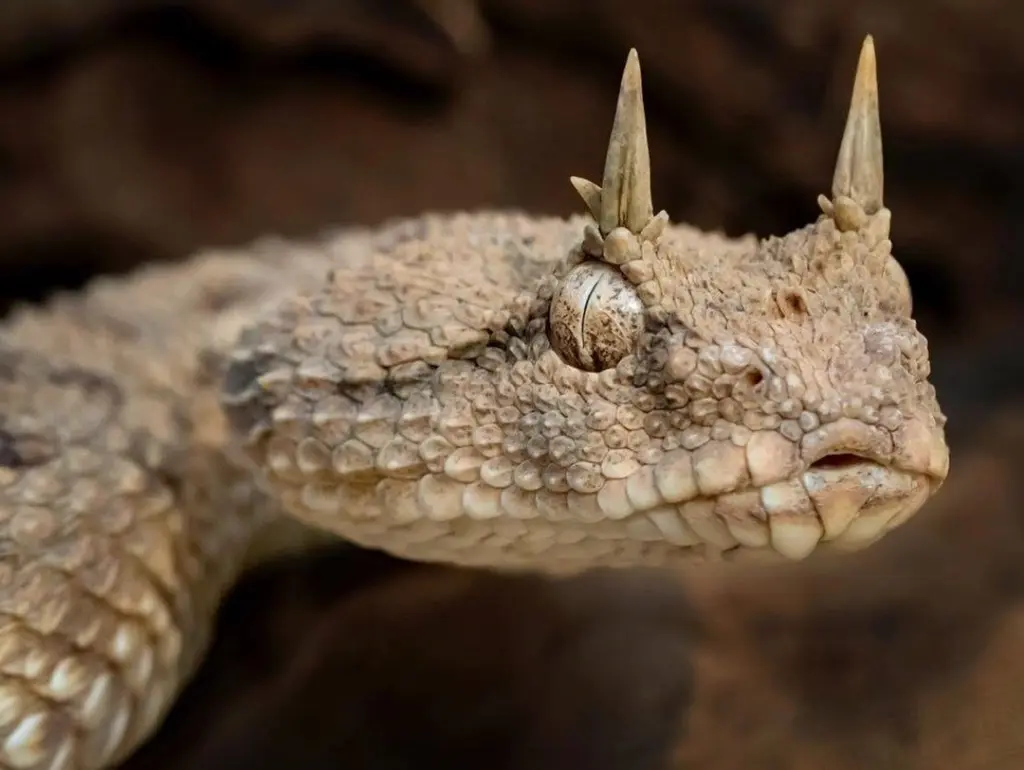
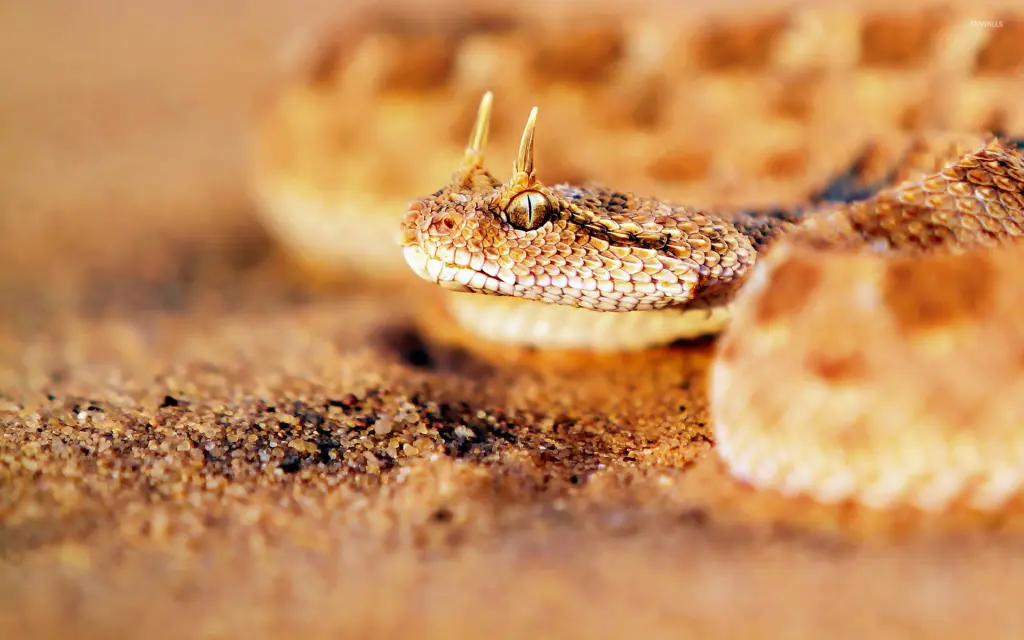
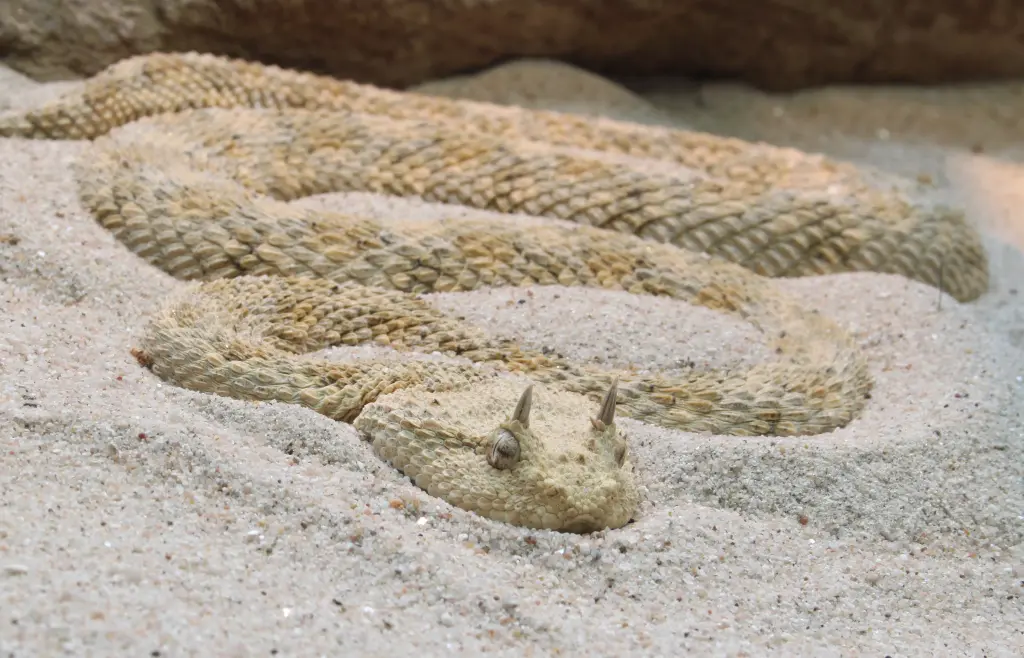
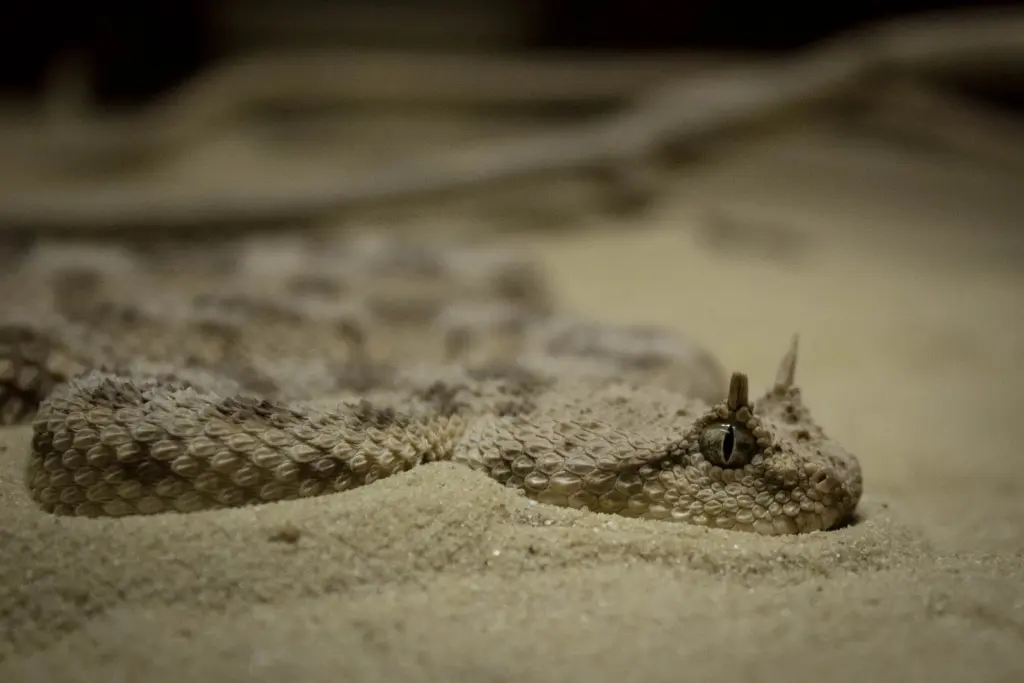
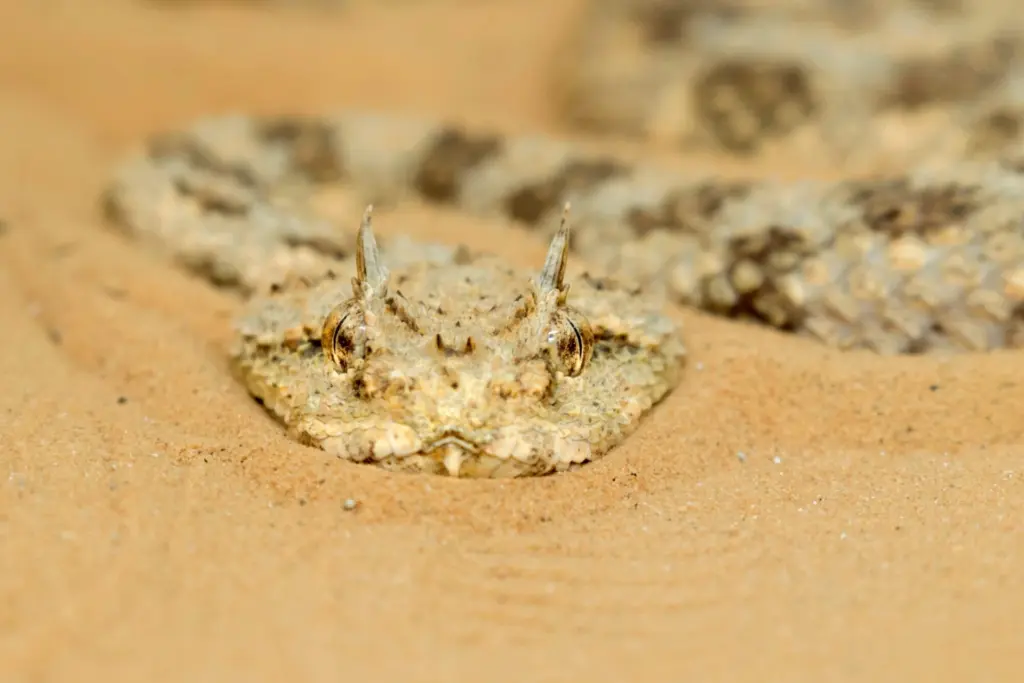
Appearance and Camouflage
The Desert Horned Viper possesses distinct physical characteristics that make it instantly recognizable. It features a stocky body covered in small, pointed scales, ranging in color from sandy brown to pale yellow. The most striking feature of this viper is its unique horns located above each eye, giving it its name. These horn-like scales provide additional camouflage and aid in the snake’s ability to blend seamlessly into its sandy surroundings. The viper’s body markings further enhance its camouflage, featuring a series of dark spots and blotches that break up its silhouette, rendering it nearly invisible against the desert floor.
Thermoregulation and Behavior
Surviving in extreme desert temperatures requires efficient thermoregulation, and the Desert Horned Viper has evolved several strategies to achieve this. During the day, it often seeks refuge in burrows or beneath rocks to escape the scorching heat. By remaining hidden, the snake minimizes its exposure to direct sunlight. When active, it positions itself to maximize heat absorption, often basking on rocks or sand dunes. At night, the desert cools down dramatically, prompting the viper to emerge and hunt for prey under the cover of darkness. This nocturnal behavior allows the snake to avoid the hottest parts of the day.
Feeding Habits and Venomous Bite
The Desert Horned Viper possesses a venomous bite, which it employs to immobilize its prey. Its diet primarily consists of small rodents, lizards, and birds, all of which are plentiful in desert ecosystems. The viper is an ambush predator, patiently lying in wait for unsuspecting prey to pass by. When an opportunity arises, it strikes with remarkable speed, injecting venom into its victim. The venom acts swiftly, quickly incapacitating the prey. The Desert Horned Viper then uses its strong jaws to swallow its catch whole. Its ability to consume relatively large prey enables it to survive in environments where food may be scarce.
Reproduction and Survival
The Desert Horned Viper’s reproductive cycle is adapted to the challenging desert conditions. Mating typically occurs during the cooler months, enabling the young to be born when temperatures are milder and resources are more abundant. The female viper gives birth to live young, a strategy known as viviparity. This ensures the survival of the offspring, as they do not have to contend with the challenges of hatching and fending for themselves. The young vipers are born with fully formed fangs and venom glands, allowing them to hunt and defend themselves from an early age.
Final Thought
The Desert Horned Viper stands as a testament to the extraordinary adaptations that enable organisms to thrive in harsh environments. Its unique appearance, efficient thermoregulation, venomous bite, and reproductive strategies all contribute to its survival in the desert. The viper’s ability to navigate and exploit the challenges of its habitat showcases the remarkable resilience of nature.
